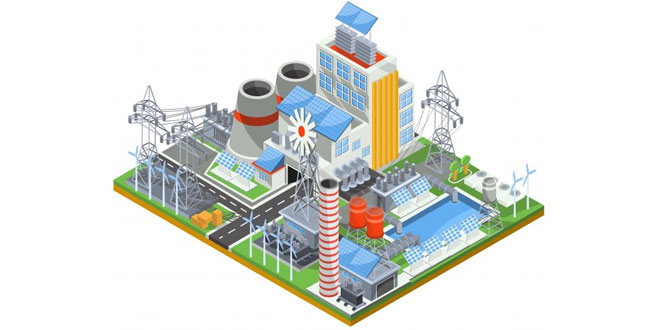NCERT 10th Class (CBSE) Social Science: Manufacturing Industries Quiz
30 Multiple Choice Questions related to NCERT 10th Class (CBSE) Social Science: Manufacturing industries Quiz:
- Air borne dust, smoke and undesirable gases are three major air pollutants.
- Sugar, edible oil, cotton and silk are Agro based industries.
- Lime stone, silica, alumina and gypsum are the raw materials needed for a cement industry
- Iron and steel plants of Karnataka are – Bhadravati and Vijayanagar, West Bengal – Durgapur and Burnpur.
- Five electronic goods producing centers are Bangalore, Hyderabad, Delhi, Mumbai, Chennai.
- Production of goods in large quantities after processing from raw materials to more valuable products, is called manufacturing.
Your Score:
Your Ranking:
Manufacturing Industries Quiz Summary
Classification of Manufacturing Industry
Manufacturing: Production of goods in large quantities after processing the raw materials into more valuable products is called manufacturing.
Importance of Manufacturing
- Manufacturing industries help in modernizing agriculture; which forms the backbone of our economy. Apart from this, manufacturing industries also reduce the heavy dependence of people on agricultural income. This becomes possible because of creation of new jobs in secondary and tertiary sectors.
- Industrial development helps in eradication of unemployment and poverty.
- Export of manufactured goods expands trade and commerce and brings in much needed foreign exchange.
- A country with high level of manufacturing activities becomes prosperous.
Contribution of Industry to National Economy
The share of manufacturing sector in the GDP (Gross Domestic Product) has been stagnant at 17% over the last two decades. The total contribution of industry to the GDP is 27% out of which 10% comes from mining, quarrying, electricity and gas.
The growth of the manufacturing sector had been 7% in the last decade. Since 2003, the growth rate has been 9 to 10% per annum. The desired growth rate over the next decade is 12%.
The National Manufacturing Competitiveness Council (NMCC) has been set with the objectives of improving productivity through proper policy interventions by the government and renewed efforts by the industry.
Industrial Location
Some of the factors which affect the industrial location are as follows:
- Availability of raw materials
- Availability of labour
- Availability of capital
- Availability of power
- Availability of market
- Infrastructure
Sometimes, industries are located in or near cities. Cities provide markets and also provide services like banking, insurance, transport, labour, consultants, etc. Many industries tend to come together to make use of the advantages of an urban center. Such center is then called as agglomeration economy.
In the pre-independence period, most of the manufacturing units were located in places which were near the ports, e.g. Mumbai, Kolkata, Chennai etc. As a result, these belts developed as industrial urban centers surrounded by huge agricultural rural hinterland.
Classification Of Industries:
On the basis of raw materials:
- Agro Based Industries: Cotton, woolen, jute, silk textile, rubber, sugar, tea, coffee etc.
- Mineral Based Industries: Iron and steel, cement, aluminium, petrochemicals etc.
According to their main role:
- Basic or Key Industries: These industries supply their products or raw materials to manufacture other goods, e.g. iron and steel, copper smelting, aluminium smelting.
- Consumer Industries: These industries produce goods which are directly used by consumers, e.g. sugar, paper, electronics, soap etc.
On the basis of capital investment:
- Small Scale Industry: If the invested capital is upto Rs. one crore, then the industry is called a small scale industry.
- Large Scale Industry: If the invested capital is more than Rs. one crore, then the industry is called a large scale industry.
On the basis of ownership:
- Public Sector: These industries are owned and operated by government agencies, e.g. SAIL, BHEL, ONGC etc.
- Private Sector: These industries are owned and operated by individuals or a group of individuals, e.g. TISCO, Reliance, Mahindra etc.
- Joint Sector: These industries are jointly owned by the government and individuals or a group of individuals, e.g. Oil India Limited.
- Cooperative Sector: These industries are owned and operated by the producers or suppliers of raw materials, workers or both. The resources are pooled by each stakeholder and profits or losses are shared proportionately. AMUL which is milk cooperative is a good example. The sugar industry in Maharashtra is another example.
Based on the bulk and weight of raw materials and finished goods:
- Heavy Industries: Iron and steel
- Light Industries: Electronics
 Class Notes NCERT Solutions for CBSE Students
Class Notes NCERT Solutions for CBSE Students





